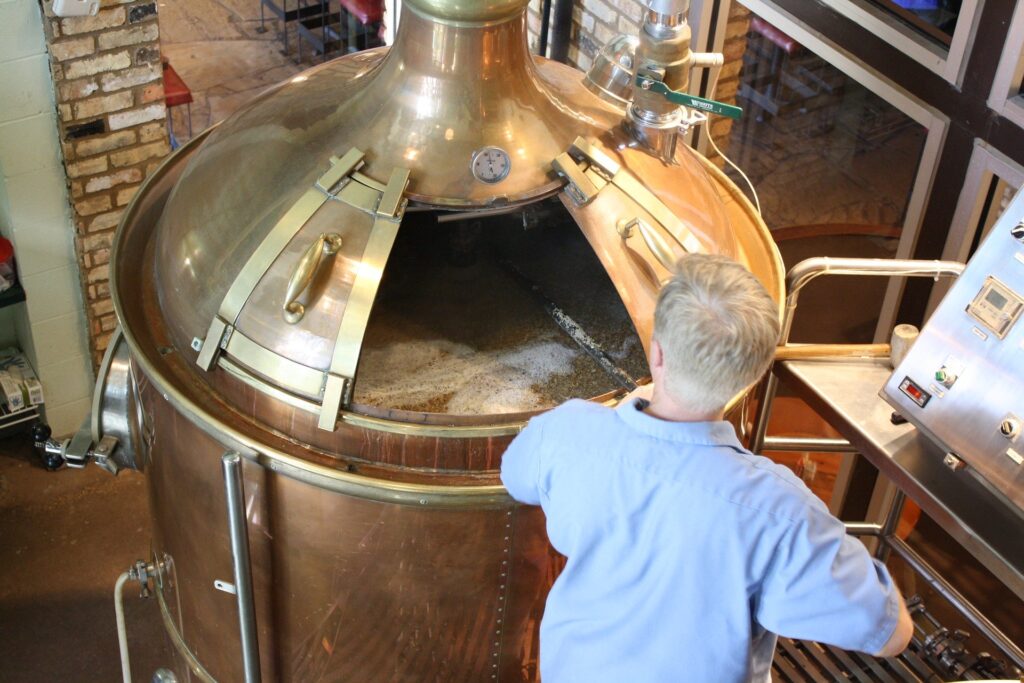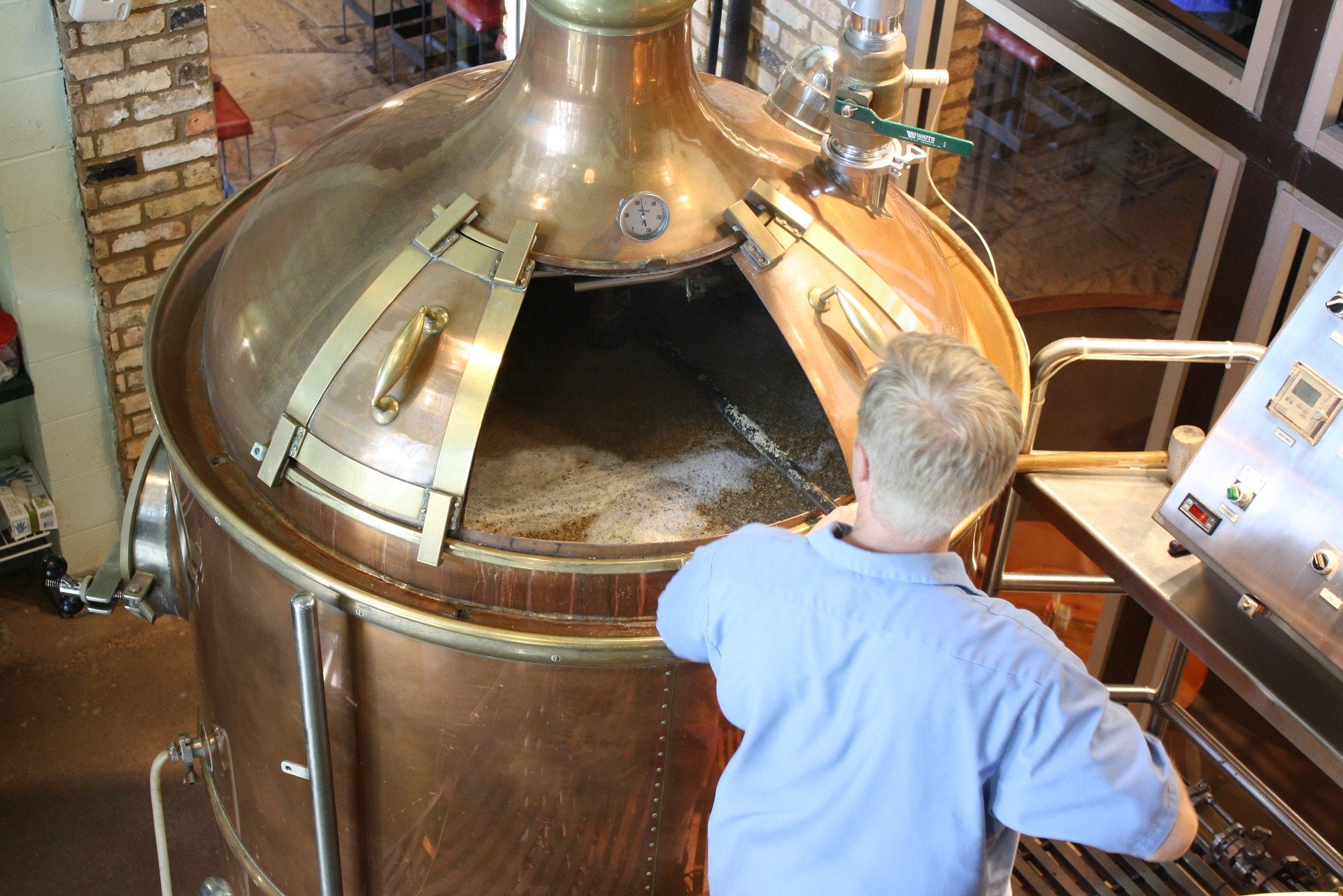It is a commonly repeated fact that the ancient monasteries, abbeys, and the other religious institutions acquired their brewhouses from the 8th century through to the 13th century imprecisely. Monks were the ones among a handful of pre-eminent groups, during these middle ages, who kept systematic records of their brewing pursuits.
Historians attribute monks with the introduction of intricate flavourings to their beers, such as hops for bitterness, honey to increase the alcohol level and to take the bitter edge off of hop, and the concept of lagering to help the beer age for a lengthy period at cold temperatures. More so, a desperately sought-after India Pale ale today had evolved out of insatiable demands for exports to South Asia and distant markets in the mid 19th century. Burton breweries, without doubt, advanced rapidly in this pale ale business and are recorded to have contributed over half the trade each year, that was, 6000 barrels to be exact.
Origins of Burton breweries
Consistent with the rest of the medieval monasteries, monks at the Burton abbey too kept up with the regular fermentation activities from as early as the 11th century. Sure, at first, they brewed ale for their amusements, but soon they were serving their drink to St Modwen’s pilgrims and visitors from the Royal Court. As we will come to discover later, the secret of their excellent beer is in the peculiar character of the well waters. The water is composed of high concentrations of calcium and magnesium (with crystals of gypsum) that add the uncommon fineness to the flavours.
The beer earned popularity among the Saxons in the days of yore that the Kings had to build bridges for quick transports, while the monks at the Abbey Church showed their admiration by electing the cellarmen as their abbots. Sir Walter Scott remembers tasting the Burton ale on his quick stop in the town and introduces it with real zest in his romantic novel, ‘Ivanhoe.’
Even though the town gained some hard-earned reputation, it still seemed from the earliest transcripts of the abbey that much of its beer consumption remained limited to a local extent. The records mention of a man named Hugh Crispe and of an abbey tenant at Wetmore going by the name ‘Farwin’ who may have taken part in in-house brewing during the 1300s. Dr. Shaw recalls from his book, ‘History and antiquities of Staffordshire,’ the humble brewery of Benjamin Prilson (W in place of Pr, it was a misprint) in 1720, crediting him as the commencer of Burton ale trade.
After the dissolution of the abbeys in 1540, the ownership of the brewhouse transferred to the Pagets. Although they tried to enhance the process of malting the local barley and encouraged the brewing at various inn houses of that time, even then, they lacked the commitment to the business. It took roughly four generations after their arrival for this staple article to reach its zenith.
By 1604, Burton had around 46 licensed beer sellers catering to a local population of less than 2000. A specific reference by Bushnan to ‘esteemed’ Burton beers and Darbie ale sold in London’s public houses profoundly indicates that the brewers at Burton were doing something right for their product.

However, it was the Trent Navigation Act of 1699 and the subsequent opening of river trade in 1712 that diversified the merchandise from Burton to areas such as Hull and Nottingham. Burton became a vital inland trading zone in no time. The entrepreneurs settling in the town received wide-ranging goods, which mostly included potash, hemp, flax, and timber from the Baltic outposts and iron from Russia.
From 1720 onwards, there was an indefinite increase in the town’s population, and many flocked to the merchant area formed by the High Street, Bridge Street, and Horninglow Street. It became a prime freehold land for owners and their employees. In contrast, much of the Bond End wharf remained unoccupied down to the fact that the lease-holders had to pay substantial malt toll charges.
By the mid 18th century, Benjamin Wilson and his 25 men, along with John Musgrave, Samuel Sketchly, William Worthington, and Henry Evans, were responsible for the considerable part of the ale trade through the River Trent. By 1780, the number of common-brewers (that is, one who supplies brews to other houses) more than doubled – 13 precisely – to include the likes of Charles Leeson, William Bass, and John Walker Wilson.
However, most of the provincial trade was accomplished after the launch of the Trent & Mersey Canal and the wharves at Shobnall and Horninglow in 1777. These imparted the local merchants with a direct link to Liverpool and Manchester. Although nowhere near to London’s top six breweries who finished off with 60,000 barrels a year, Burton was still faring well for a small-town – crowning 2500 to 5000 barrels per year by 1790. It came close to dealing with around 40% of the total estimated barrels (30,000) exported to the Baltic regions.
It was quite fortunate, indeed, for Burton to have an exceptionally ambitious man like Wilson whose exertion brought this flourishing foreign trade into the town, and succeeded by an equally, if not more, competent nephew, Samuel Allsopp. However, it was not just Wilson who handed down the business to his next generation. In the upcoming articles, we will be discussing more on the leading brewers of the modern industry and the strength of the Burton ale that made achieving so much possible.





